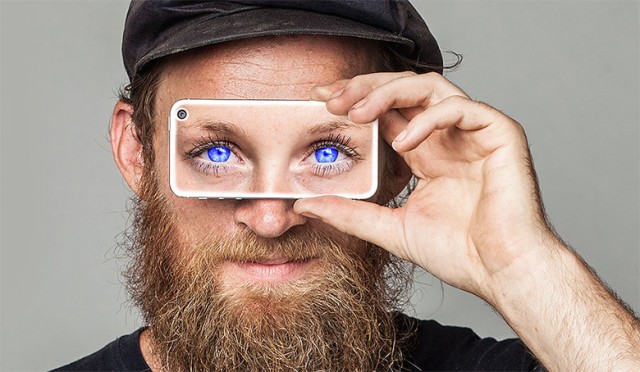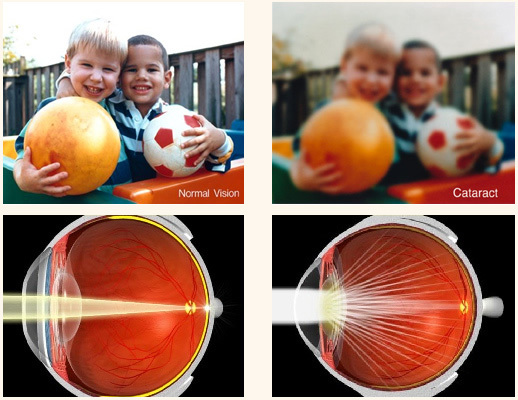

One was the Moon System of Embossed Writing, which was invented in the mid-19th century by Englishman William Moon. There were a few other attempts at making a tactile way to read. What Existed Before Braille?īraille was not the only attempt to make a writing system for visually impaired people. Louis Braille created this table to show off his new system of writing. He published his work in 1829, and the second edition he published in 1837 was the basis for pretty much every braille system since. He also changed it so that each cell was equivalent to one French letter. Braille, who had lost his sight as a child, changed it from a 12-dot to a six-dot matrix, as he realized the smaller characters could be easily read with the surface of one finger. This proved too difficult to read and understand for French soldiers, and it was pretty much abandoned.Ī little under a decade later, Barbier’s night writing was discovered by another Frenchman: Louis Braille. Also, instead of each cell being equivalent to one letter, each represented one sound. It was somewhat similar to braille, but instead of a six-dot matrix, it was a 12-dot matrix, making each character twice as long as modern braille (it was two dots across and six dots long). In 1808, Charles Barbier developed a system of night writing for Napoleon Bonaparte’s army to help them pass messages that could be read in the dark. The precursor to braille was night writing, which wasn’t intended to help visually impaired people. For example, “possibly” has been styled as “p.y” and yesterday shortened to “yd”. Entire words are shortened into a few cells, somewhat comparable to the abbreviations people use in text messages. Unlike Grades 1 and 2, there is no standard for this.

There’s also Grade 3 braille, which is a more casual braille. This may seem minor, but when printing an entire book, this can save a lot of space. This pairs up letters into chunks, so “th,” for example, can be encapsulated in a single cell. To help this, Grade 2 braille, or “contracted braille,” was invented. The problem with that is spelling each word in its entirety causes texts to be massive. Grade 1 is the simplest kind of braille, where each letter of each word is spelled out. There is some variation to braille, which is generally differentiated by three different grades. You are probably familiar with it to some degree because it is sometimes included on public signs in order to improve accessibility for visually impaired people. It’s not a language on its own it’s simply a different writing system. Each of these six dots forms one single cell. It turns every letter and punctuation mark in the alphabet into a matrix of six dots.

What Is Braille?īraille is a straightforward idea. But what is braille? Did any writing exist for visually impaired people before then? And how does it work in languages other than English? We looked into these questions to create a quick guide to the writing system. It’s a pretty simple idea, turning letters into dots so that they can be read using touch, and it granted a huge number of people the ability to read.

One of the most important inventions in the history of literacy was the invention of braille.


 0 kommentar(er)
0 kommentar(er)
